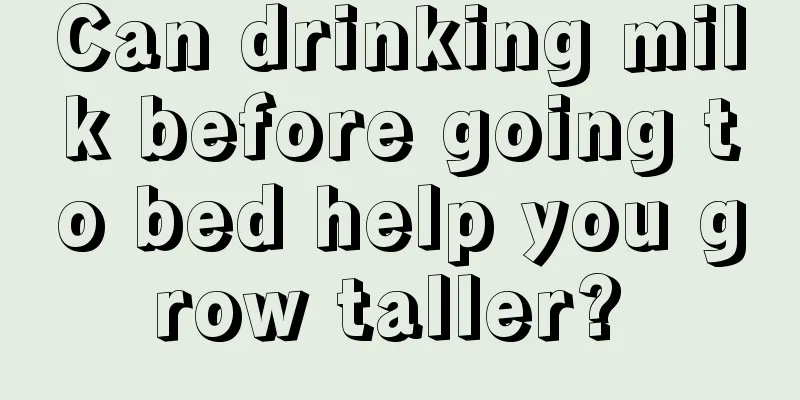Matters related to fiberoptic laryngoscopy

|
In the past, people could only imagine such things in their minds, such as "clairvoyance" and "super hearing". However, with the advancement of technology, these things have become reality. In fact, a computer can see and hear images and sounds thousands of miles away or even on the other side of the earth. Technological progress has also brought about various aspects to medicine. Here we introduce some related matters about fiber laryngoscopy. 1. Indications (1) Patients who have difficulty with indirect laryngoscopy, such as those with extremely sensitive pharynx, prominent upper incisors, difficulty opening the mouth, thick tongue, etc. (2) Such as clenched jaw, cervical ankylosing spondylosis, short neck, etc. (3) Examination of hidden laryngeal lesions or early tiny laryngeal tumors, and observation of vocal cord activity. (4) Biopsy or surgical treatment of smaller vocal cord polyps or nodules. 2. Contraindications Acute inflammation of the upper respiratory tract accompanied by dyspnea. Those with severe heart or lung diseases. 3. Preparation before the inspection (1) Do not drink or eat for 1 to 2 hours before surgery. (2) 30 minutes before surgery, atropine 0.5 mg should be injected subcutaneously. For patients with mental stress, phenobarbital 0.06-0.09 g should be taken orally. (3) Remove the removable denture. 4. Things to note during inspection (1) Anesthesia: Spray 0.5% to 1% tetracaine into the nasal cavity, pharynx and throat 3 to 4 times. The total amount of tetracaine should not exceed 60 mg. Closely observe for allergic reactions. If convulsions occur due to drug allergy, immediately give slow intravenous injection of 2.5% sodium thiopental and oxygen. (2) Body position: Most patients should sit. Those who are nervous or weak can lie on their backs. (3) Hold the scope with your left hand and control the direction button with your thumb. Insert the scope through the oral cavity or nasal cavity into the pharynx under direct vision, with the front end of the scope pointing downward. A distant image of the epiglottis or glottis can be seen. Continue to advance the mirror to the edge of the epiglottis, and use the front curved part to push the epiglottis forward to reach the laryngeal vestibule. The anterior commissure can be seen forward, and the subglottic area can be seen beyond the glottis. Carefully observe mucosal lesions, the presence of neoplasms, and vocal cord activity. After the examination, be sure not to drink or eat within 2 hours to prevent aspiration pneumonia. The above is an introduction to the relevant matters of fiber laryngoscopy. The advancement of science and technology has promoted medicine, so that we are no longer helpless in the face of some diseases, but can do more. I believe that in the future, human beings will have a more comprehensive understanding of themselves, and some diseases will be prevented in advance, and it will even be possible to make some diseases disappear. |
<<: Analysis of the causes of strong urine odor
>>: Introduction of fiber nasopharyngeal endoscope
Recommend
What are the nursing methods for closed chest drainage tube?
Closed chest drainage enters the human chest cavi...
What are the benefits of peanuts
In the eyes of many people, peanuts are called lo...
What are the early symptoms of bone cancer? These symptoms need attention
Bone pain is the most common symptom of bone canc...
How much pepper should be put in foot bath
Sichuan pepper is a condiment we often eat and is...
What should I do if I have acute reactions to radiotherapy for nasopharyngeal carcinoma? What are the complications after radiotherapy for nasopharyngeal carcinoma?
How to deal with the acute reaction of radiothera...
Low heart rate and angry
Heart rate is an important indicator of health be...
Cost of colorectal cancer resection surgery
How much is the cost of colorectal cancer surgery...
How should liver cancer be treated in the late stage? Psychological manifestations and nursing strategies for liver cancer patients
There is no particularly effective way to eradica...
What are the symptoms of severe stomach bleeding?
Now that living standards have improved and the p...
Can women with advanced kidney cancer be cured?
Kidney cancer is a word that makes people shudder...
What are the methods for intestinal cleansing?
The largest immune organ in the human body is the...
What should I do if my rhinitis gets worse when I use air conditioning?
In the hot summer, the indoor temperature is too ...
What can I use to wash off oil stains
People who often need to wash clothes know that i...
What are the hazards of bile duct cancer
Due to various reasons, in modern society, cancer...
What is the reason for buzzing sound in the ears?
Many friends will find a buzzing sound in their e...









